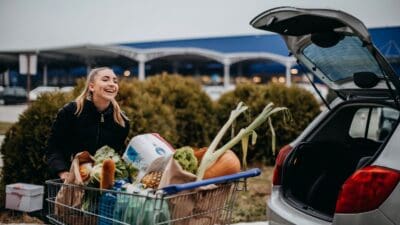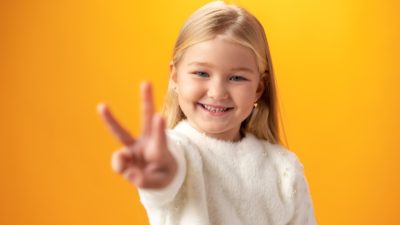Aviva (LSE: AV) shares have long been a core passive income holding for me. This is money made from minimal effort, with dividends paid by shares. And it is the best way I have found to do this.
My aim with such stocks is to maximise my passive income so I can keep reducing my working commitments.
Key qualities for my passive income stocks
The first facet I want in a passive income holding is a yield of at least 7%. Why this figure? I can get over 4% from the UK’s 10-year government bond – known as the ‘risk-free rate’. Stocks are not risk-free, so the extra 3%+ is my compensation for taking the additional risk.
Should you invest £1,000 in Primary Health Properties right now?
When investing expert Mark Rogers has a stock tip, it can pay to listen. After all, the flagship Motley Fool Share Advisor newsletter he has run for nearly a decade has provided thousands of paying members with top stock recommendations from the UK and US markets. And right now, Mark thinks there are 6 standout stocks that investors should consider buying. Want to see if Primary Health Properties made the list?
The second quality I look for is a business that is sufficiently solid to support this high yield. To determine this, I examine earnings growth forecasts especially. This is what ultimately drives a firm’s share price and dividends.
The third characteristic I want is an undervalued stock on two measures. One is against the shares of its business competitors. The other is against its fair value based on future cash flow forecasts from other analysts’ figures and my own. This reduces the chance of me making a loss on the share price should I wish to sell the stock.
How does Aviva stack up on these criteria?
Aviva currently yields 7.3%, based on 2023’s dividend of 33.4p and the present share price of £4.59. However, analysts forecast that these payouts will rise to 38.2p in 2025, and 40.9p in 2026. These would give respective yields of 8.3% and 8.9% on the current share price.
On earnings growth, the forecasts are that this will increase by 3.8% a year to end-2026. A risk here is a resurgence in the cost-of-living crisis might prompt customers to close accounts.
Finally, the stock looks very undervalued (and bottom of its competitor group) on the price-to-earnings, price-to-book, and price-to-sales ratios. Additionally, a discounted cash flow analysis shows the shares to be 57% undervalued at their present price. So a fair value for them would be £10.67, although they might go lower or higher than that.
How much passive income could be made?
£9,000 (the same amount I started investing 30 years ago) of Aviva shares would make £657 in dividends in the first year. Over 10 years, if the yield averaged 7.3%, would rise to £6,570 and over 30 years, to £19,710.
Crucially though, if the dividends were used to buy more Aviva stock, the returns would be far greater. This is known as dividend compounding.
Doing this on the same average yield would generate £9,634 in dividend payments after 10 years, not £6,570. And after 30 years, the payments would increase to £70,885 rather than £19,710.
The total value of the Aviva investment by then would be £79,885, paying £5,832 in annual passive income! Of course, none of this is guaranteed and I could even lose money.
The buying power of the money would have been reduced by then too, assuming inflation over the period. However, it underlines how big passive income can be made from relatively small beginnings.








